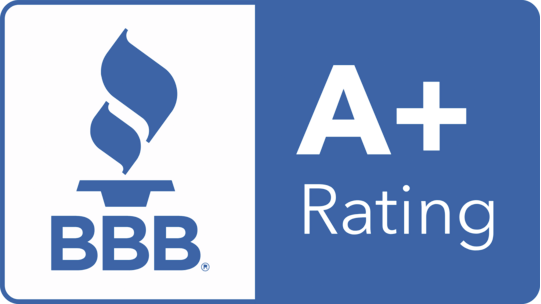D.R. Horton- In Hot Water
D.R. Horton Faces Class Action Over “Payment Shock” at Closing

D.R. Horton, the nation’s largest homebuilder, is at the center of a new class-action lawsuit accusing the company — and its lending arm, DHI Mortgage — of systematically under-projecting buyers’ monthly mortgage payments at closing by omitting the full expected property-tax burden. Plaintiffs say the practice made newly built homes appear far more affordable than they actually were once local assessors revalued the finished houses and servicers began collecting correct escrow amounts. MarketWatch+1
The complaint, filed in federal court in Florida, names a handful of individual plaintiffs who say they relied on D.R. Horton’s quoted monthly payment when choosing their homes. According to the filing, the builder and its mortgage subsidiary allegedly calculated monthly payments using property-tax figures tied to unimproved land values or otherwise suppressed tax estimates — not the higher taxes that typically follow after a new home is completed and assessed. When loans were later transferred to third-party servicers and full taxes were added to escrow, some homeowners saw monthly payments jump by hundreds — in one reported case, nearly $1,000 a month. Mortgage Professional+1
At issue are disclosures and lending practices: the plaintiffs frame this as more than a simple reassessment surprise. Law firms representing the class and consumer advocates argue that DHI Mortgage knew (or should have known) how taxes would realistically be calculated, yet presented lower monthly-payment figures that helped buyers qualify for bigger loans. The complaint even uses the term “Monthly Payment Suppression Scheme,” and legal counsel is exploring claims that range from deceptive practices to federal statutes that can carry significant remedies if proven. The MortgagePoint -+1
Industry observers say the case touches on a broader pain point in new-construction financing: closing-disclosure math can be confusing for consumers, especially first-time buyers who focus on the “monthly payment” number. While reassessments after new construction are common, plaintiffs and experts contend that transparency matters — builders and lenders should disclose likely tax trajectories and escrow buffer realities so buyers aren’t blindsided. The lawsuit could prompt tighter scrutiny of how builder-affiliated lenders calculate escrow and advertise affordability. MarketWatch+1
For homeowners and prospective buyers, the practical takeaways are straightforward: read closing disclosures carefully, ask how property-tax estimates were calculated (are they based on unimproved lots or projected finished-home values?), and understand what happens to your escrow account if taxes are reassessed. Even if the litigation takes time to work through the courts, the attention it’s drawing could push builders, lenders, and regulators toward clearer, more conservative payment estimates — and that transparency would help prevent the kind of “payment shock” at the heart of this suit. Mortgage Professional+1
(If you’re affected by this issue, consider contacting a consumer-protection attorney or one of the firms involved in the case; they often provide free consultations to homeowners who think they might be part of the proposed class.)






























